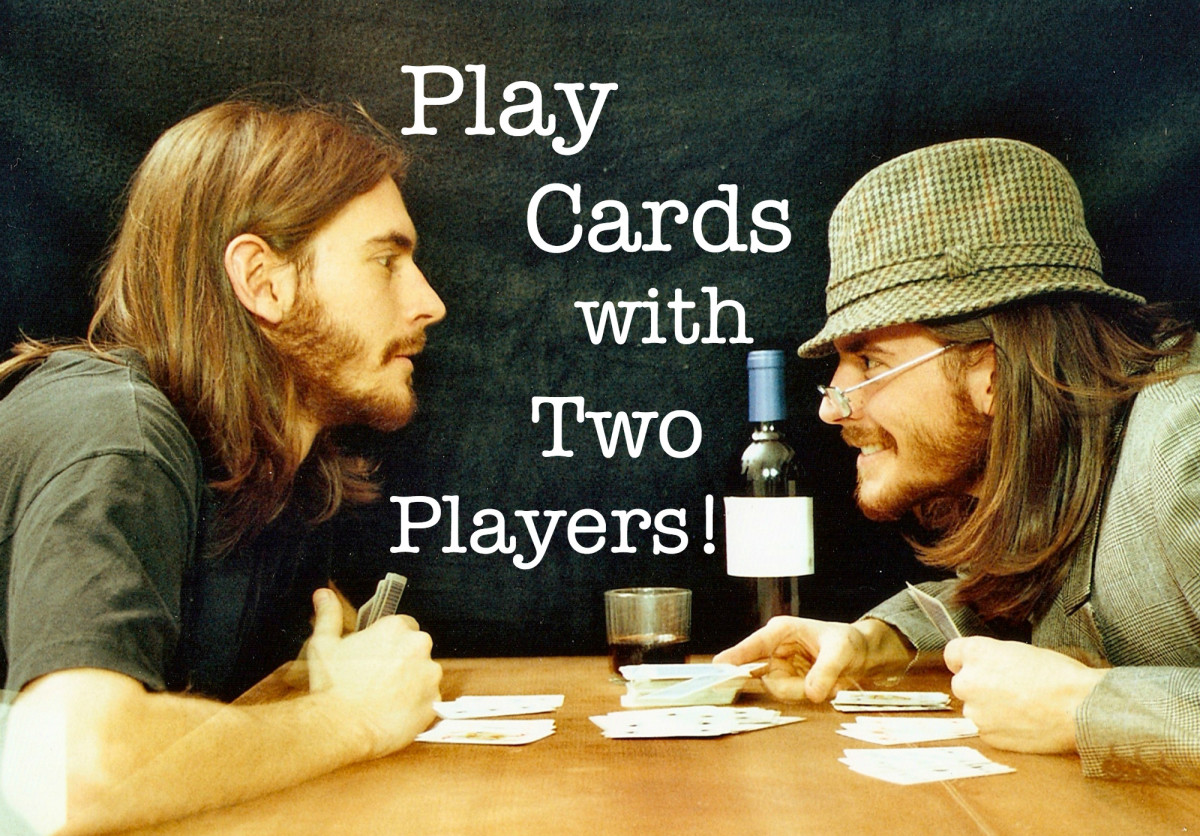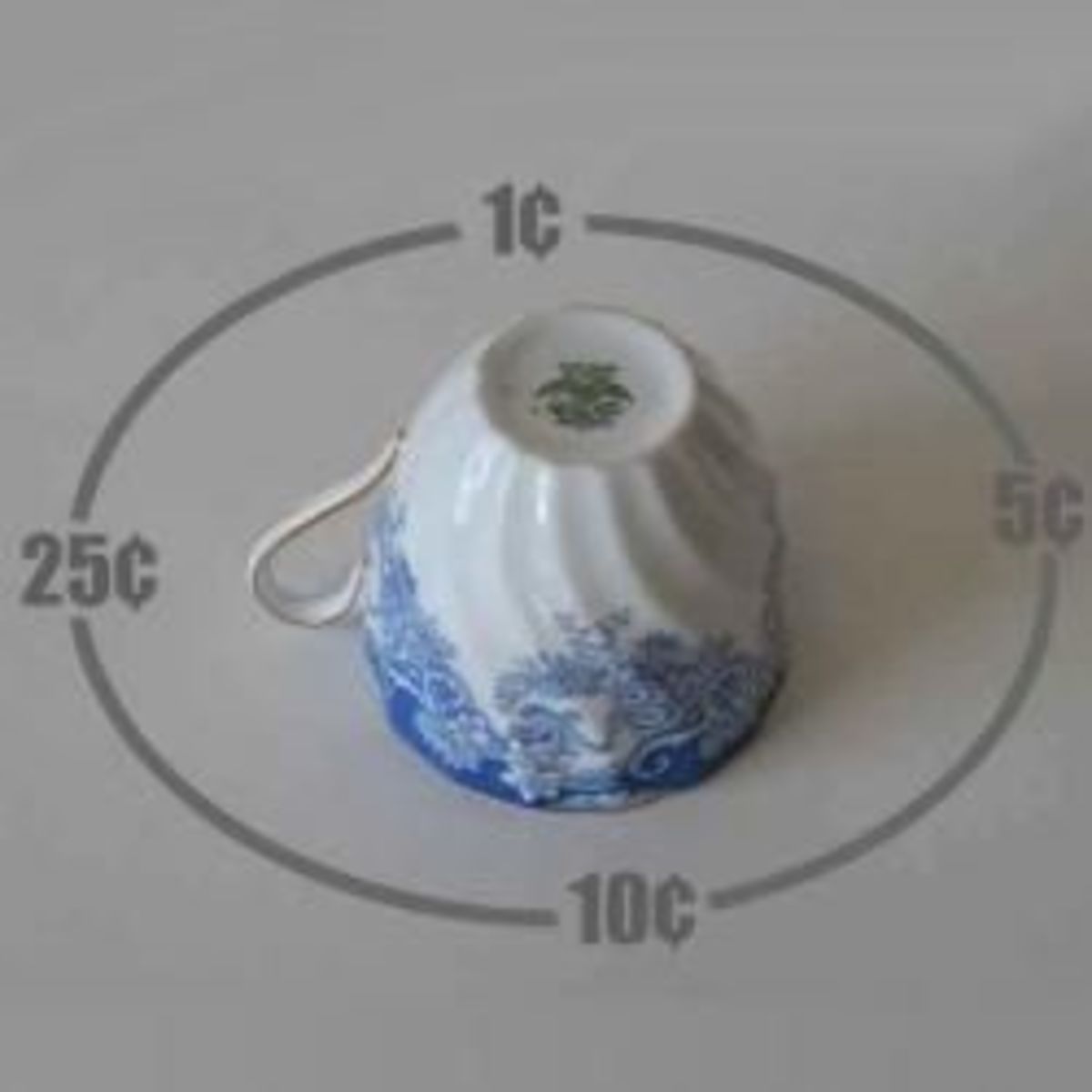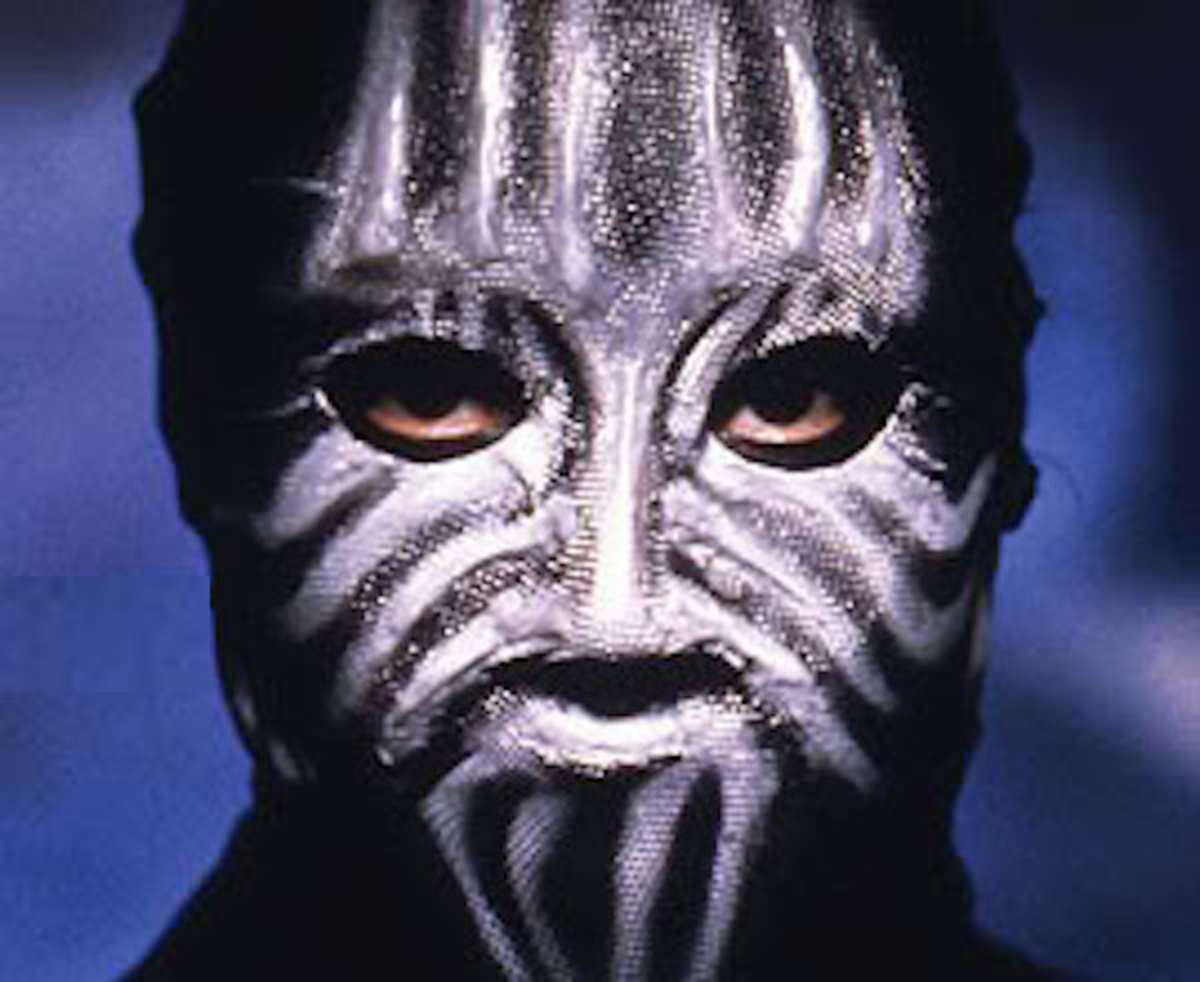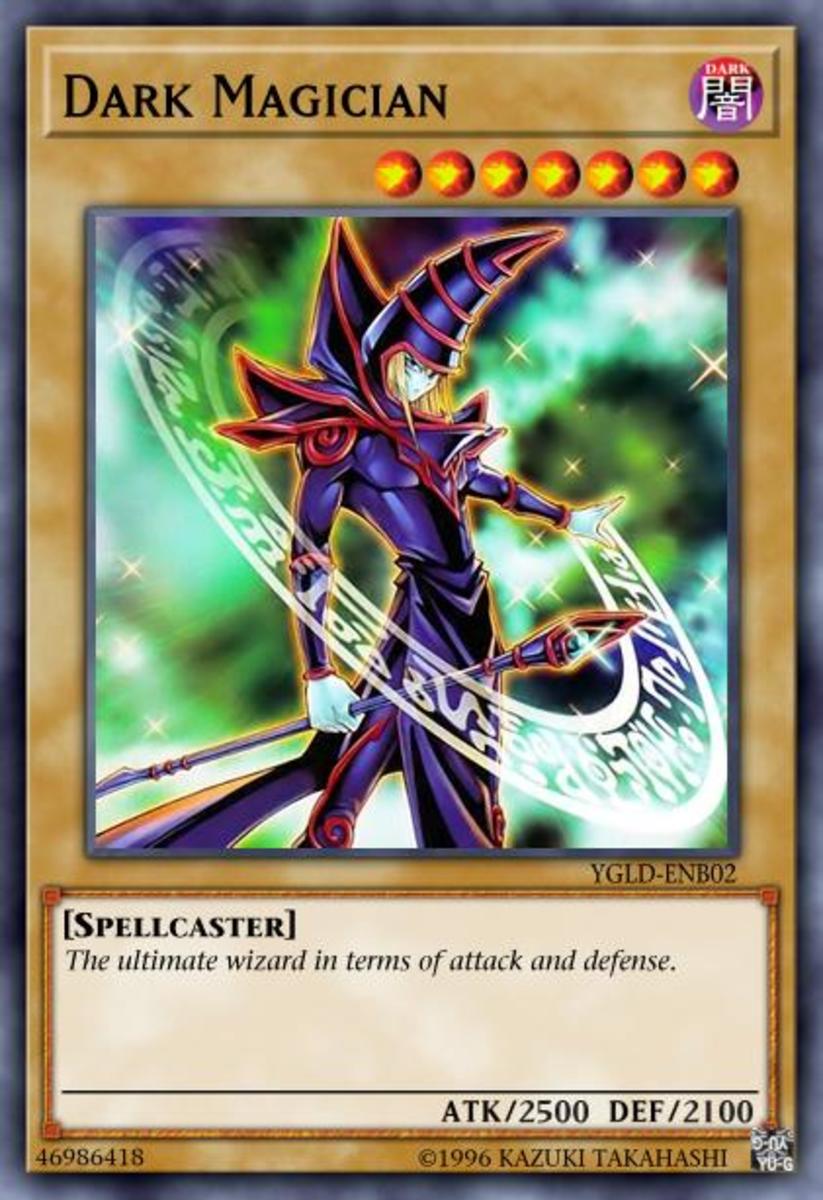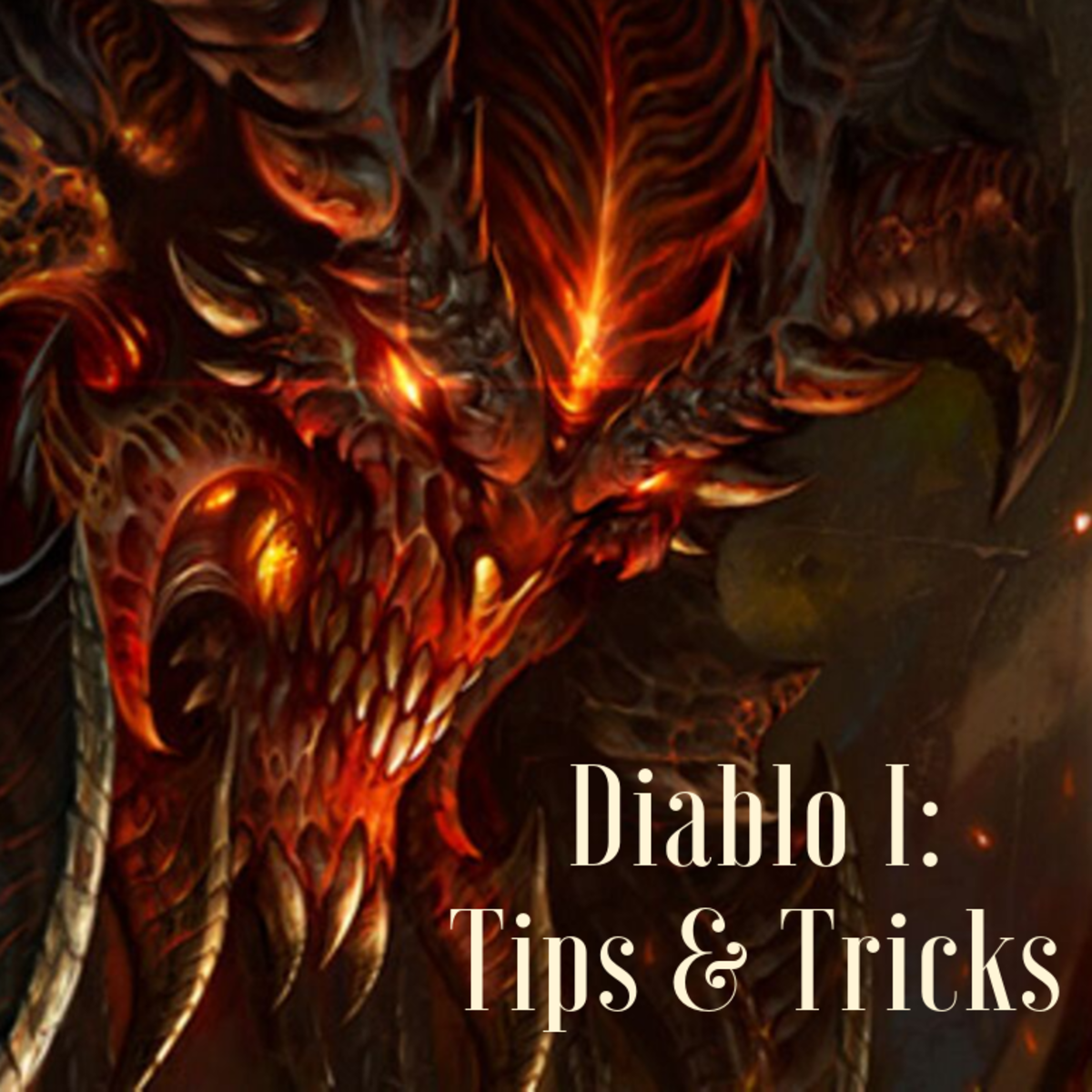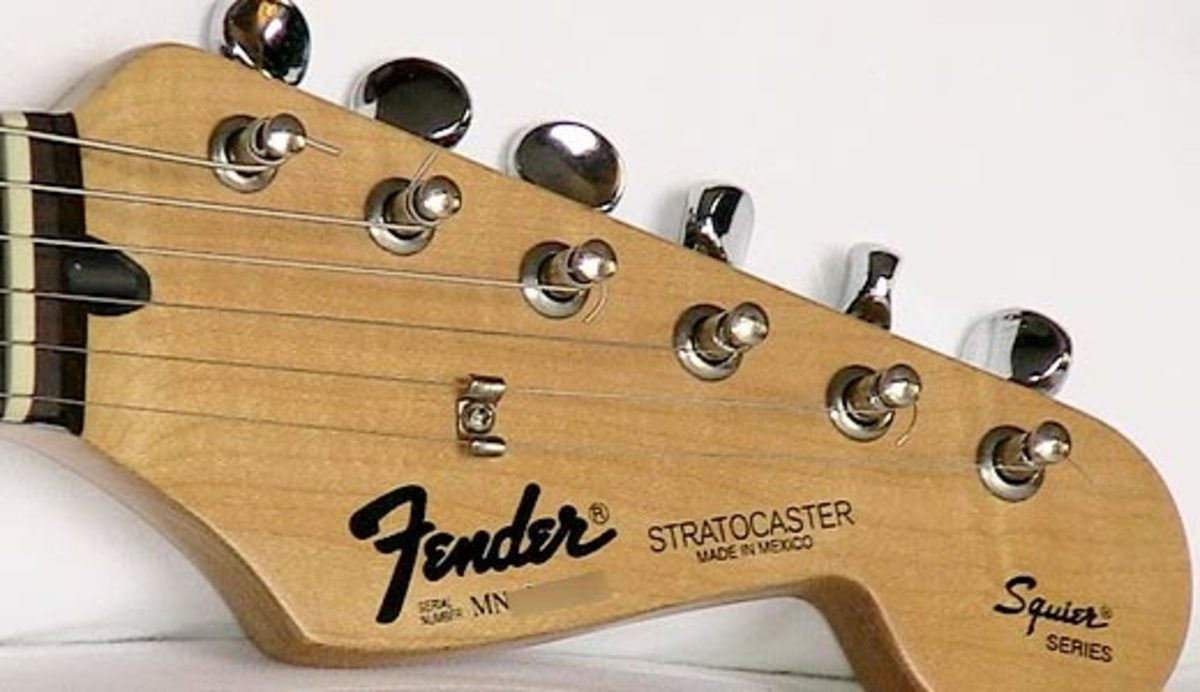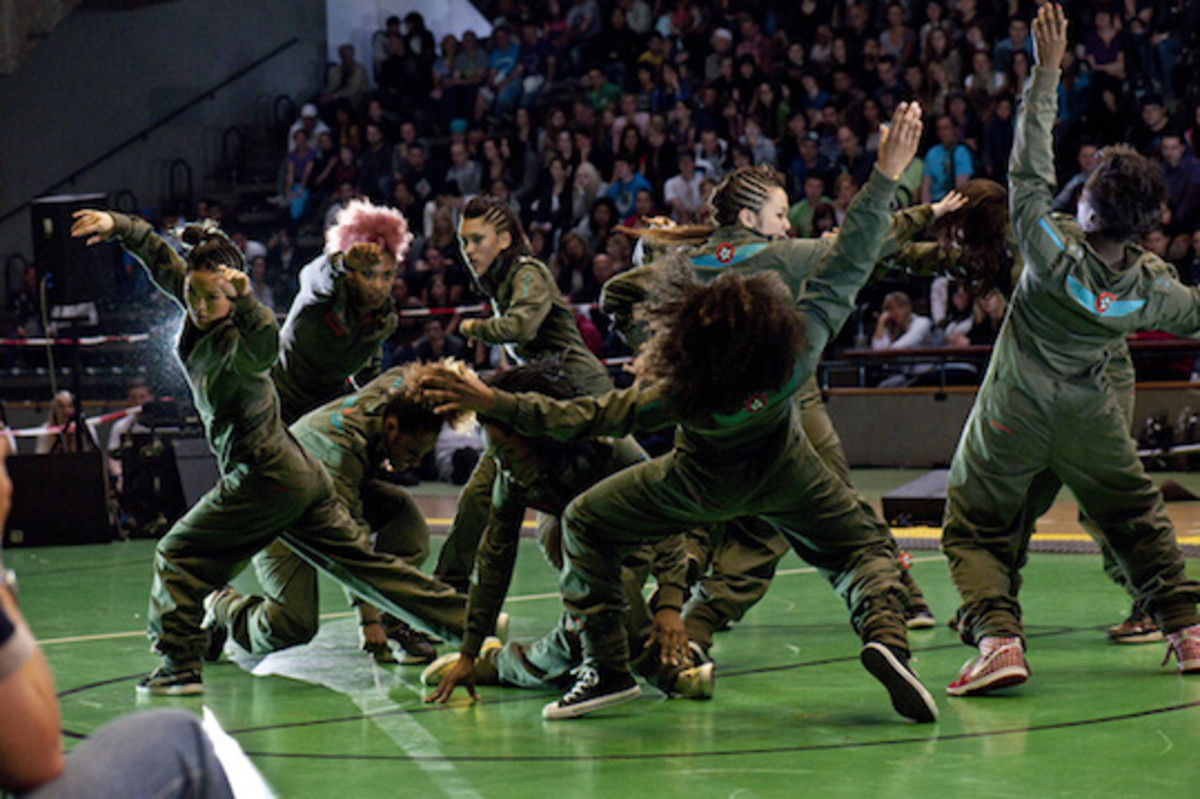Easy Card Tricks for Beginners to Learn
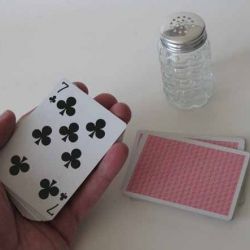
Easy Magic Tricks With A Deck Of Cards
Over the years, hundreds of magicians have conjured their way into the history books. Magic goes back to the very dawn of history. The first magicians were probably cavemen who performed magic using pebbles and animal bones.
As an amateur magician, there are two types of people who may form your audience: the general public and fellow magicians. You might perform for the latter at clubs, magic meetings and conventions.
The two types of audiencesâmagicians and laymenâappreciate very different kinds of tricks. The general public likes tricks with lots of showmanship while magicians tend to be impressed by fancy moves and sleight-of-hand.
The most popular branch of magic performing is the card tricks. There are literally thousands of card tricks that have been devised over the years, and new ones are being published in the magic magazines and online every day.
Some card tricks that use mathematical principles rather than sleight-of-hand are truly incredible and can have you looking like a professional magician in just minutes. Remember, however, that even the so-called âself workingâ tricks have a number of steps which must be memorized and performed in exactly the right order. Leave out any one of the steps and the trick will fail!
There many card tricks that you can learn to astonish your friends at the next gathering or during poker night. You can be the life of the party with a few well-chosen card effects.
Easy Way To Force A Card
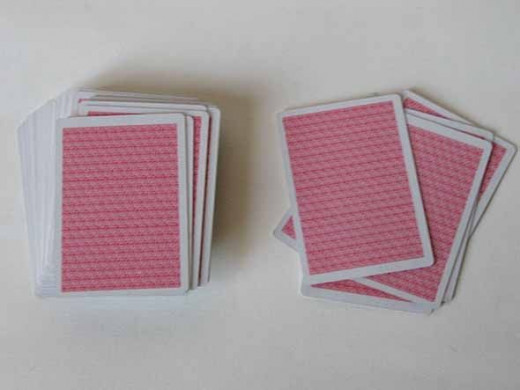
Every magician must know how to force a card, or to cause an audience member to choose a card that you want them to choose, while thinking that they have a totally free choice. Here is an easy way to do so.
What you need:
A deck of cards
How you do it:
Make sure that the card you want to force is the top card of the face down deck. If you know how to shuffle a deck of cards while keeping the same card on top, you can shuffle the deck once or twice.
Tell an audience member to call out any number from 1 to 10. Count that number of cards from the top of the deck, one on top of another, onto the table. Place that pile back on top of the deck. You do this as if you are explaining to the audience member what you want them to do.
Tell the audience member to do the same thing–to count the number of cards onto the table. Now tell them to look at the top card of the pile they just dealt and show to the rest of the audience. That will be the card that was originally on top of the deck (your force card).
Now you can produce that card in whatever way needed for your trick, or simply pull a duplicate from your pocket.
Great Card Tricks Amazon - Want More? Check out these great card tricks from the world's most trusted online retailer
The Dividing Deck
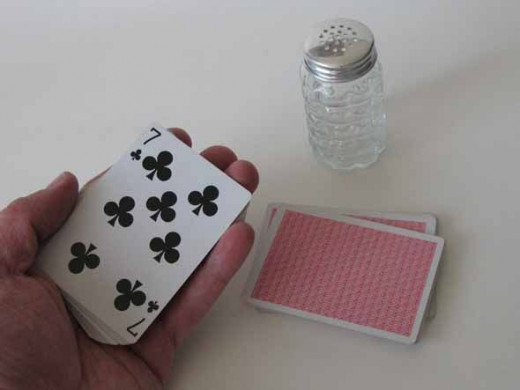
You have an audience member shuffle the deck and divide it into four facedown piles onto the table. Now you have them select the top card of any of the four piles, remember it, show it to the rest of the audience and replace it.
You place one of the piles onto the spectators upturned palm. You have them place the pile containing their chosen card on top of it. You point of the cards that the spectator is holding and tell them to remember the name of their chosen card. Then place the other two piles of cards on top of the ones they are holding. You now tap the bottom of their hand and the deck magically divides itself at the chosen card!
What you need:
A deck of cards with a busy back design, a bit of salt.
How you do it:
After the audience member has placed two of the cut piles on top of their upturned palm, the top one containing their chosen card, you point to it with the hand containing the grains of salt. When your hand is right above the cards they are holding, you emphasize that they must remember the card they have chosen.
At this point, you secretly drop the grains of salt you're holding on top of their cards. Telling them to remember the card they chose serves as misdirection so they don't notice what you are doing. When you have them replace the other two piles of cards on top of the ones they're holding, they will go on top of the grains of salt.
Now all you need to do is tap the bottom of the hand that is holding the cards and the cards will separate at the selected card.
If you are wearing a jacket you can obtain the grains of salt from your coat pocket so that nobody notices what you are doing.
Four Ace Trick
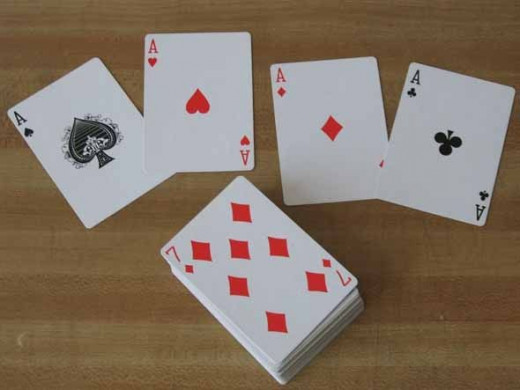
After having a deck thoroughly shuffled, you place it into your coat pocket. You are then able to remove the four aces one at a time from your pocket, announcing the suit of each card before you produce it.
What you need:
A deck of cards.
Preparation:
Before the audience knows you're going to do a trick, remove the four aces from the deck, note their order and place them in your jacket pocket.
How you do it:
Have the audience members shuffle the deck. They don't know the aces have been removed from the deck. Place the deck in your pocket along with four aces you have placed there previously and then withdraw the aces one by one, announcing the suit of each card before you produce it.
The Card In The Hat
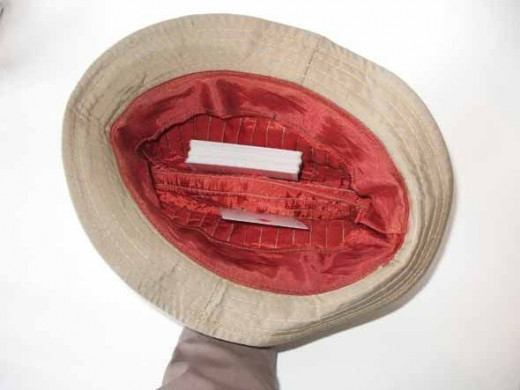
You have someone select a card from the deck, look at it, show it to the rest of the audience, and then place it on top of the deck. You now shuffle the deck and toss it into a borrowed hat. You next snap the bottom of the hat with your fingers and the selected card jumps out of the hat! The Great Blackstone (Sr.) made a version of this trick a feature of his act.
What you need:
A deck of cards and an audience volunteer who is wearing a hat or cap.
How to do it:
Use the method for forcing a card given above. Have an audience member select a card (forced) and show it to the rest of the audience, then hold out the deck for him to place the card on top of it.
It is important to keep track of the card even though shuffling the deck. You can keep the card on the top of the deck in two ways. If you know how to shuffle the deck while keeping a particular card on top, you can do that; otherwise, you can secretly bend the right bottom corner of the selected card with your thumb and first finger. This way, you can shuffle the deck and then cut the selected card to the top.
When you place the deck into the hat, you simply ensure that the selected card is on one side of the hat and the rest of the deck is on the other. You may wish to turn the selected card so that it is standing on edge vertically rather than horizontally so that it does not get caught on the headband.
Now you simply hold the bill of the hat with one hand while you give the other side of the hat (the side holding the selected card) a sharp snap from beneath with the finger and thumb of your other hand. The card will fly out of the hat and you can show that it is the selected card.
Note: You may want to practice this trick with various hats of different shapes and sizes so that you can become familiar with the unique characteristics of each.
Evens & Odds
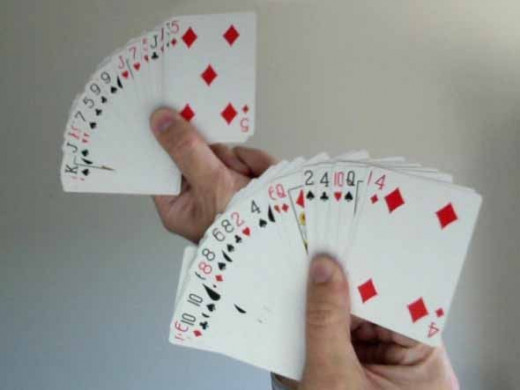
You cut the deck into halves and have an audience member remove one card from each half and insert it into the other half. You can let the audience member shuffle each half of the deck. Merely by glancing through each half of the deck, you can immediately tell which cards the audience member selected.
What you need:
A deck of playing cards
Preparation:
Before your performance, separate the deck into even and odd halves (jacks are odd, kings and queens are even). Crimp (slightly bend) a corner of the card at the place where the even cards meet the odd cards.
Performance:
Cut the deck at the crimp-the place dividing the even cards from the odd cards. This should place all of the even cards in one pile and all the odd cards in the other.
Have an audience member select a card from each pile, memorize it, show it around to the rest of the audience, and place it in the other pile. Fanning through each pile, you can tell the selected card at a glance because it will be the only even or odd card in that half of the deck.
At the conclusion of the trick, shuffle the two halves of the deck into each other so that no one who looks at the deck will discover the secret.
Note: An easier way to do this is to separate the deck into red and black cards, but you won't be able to fan the deck beforehand to show the cards are "mixed."







